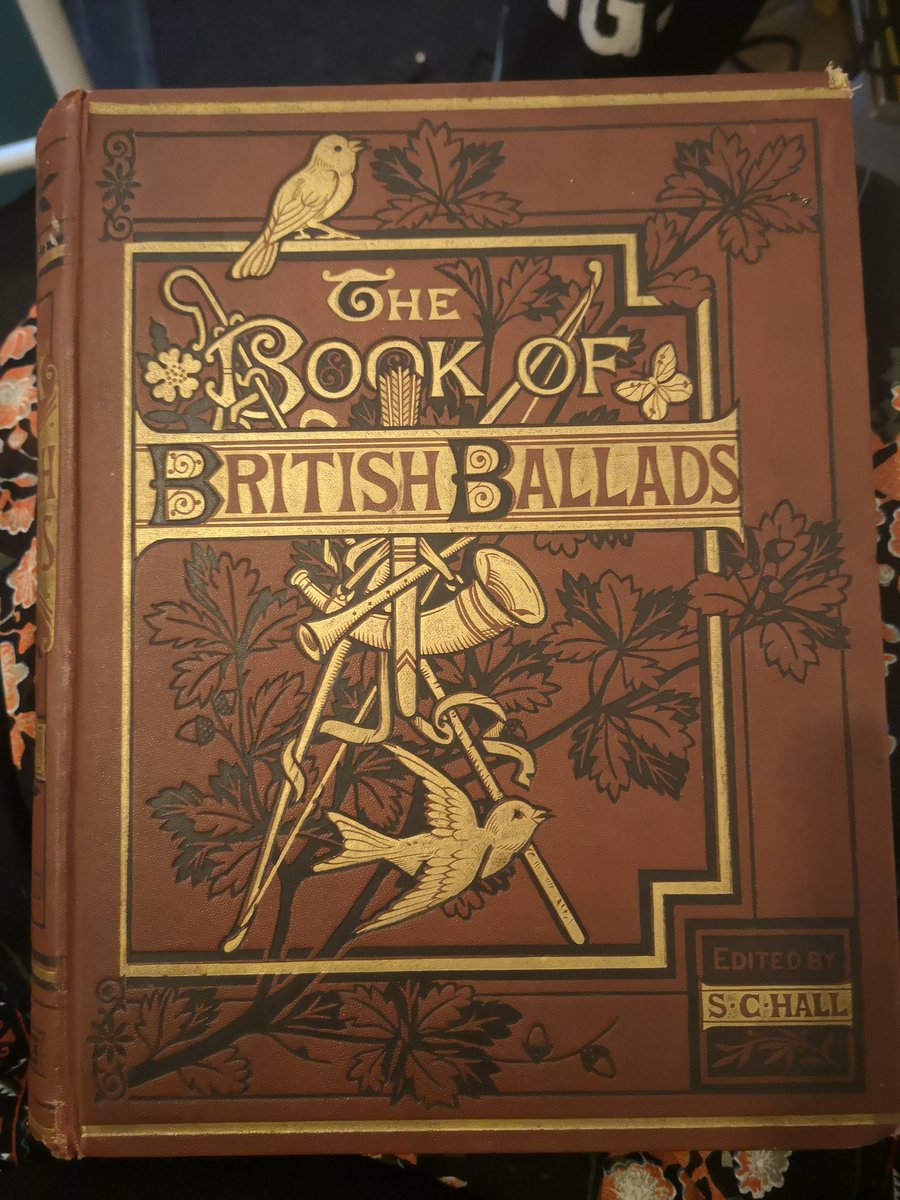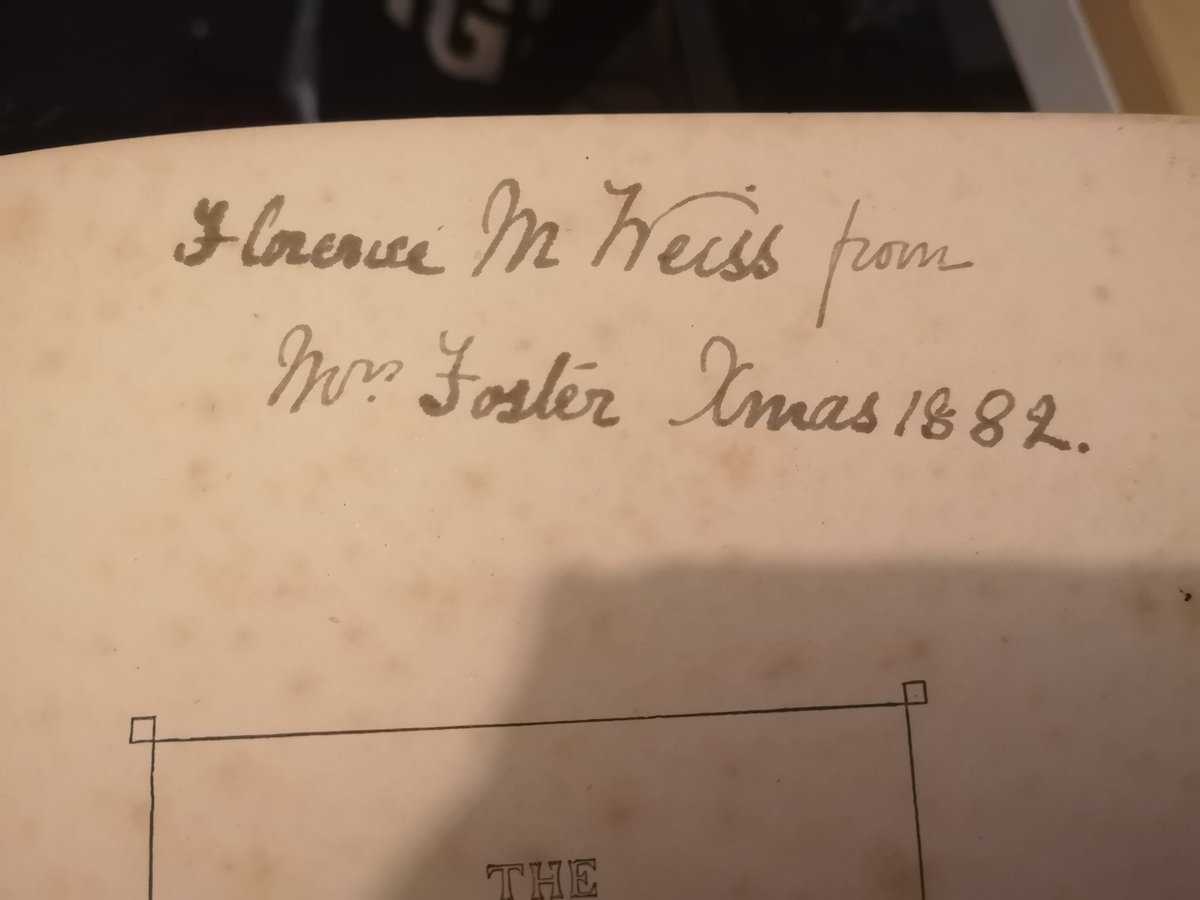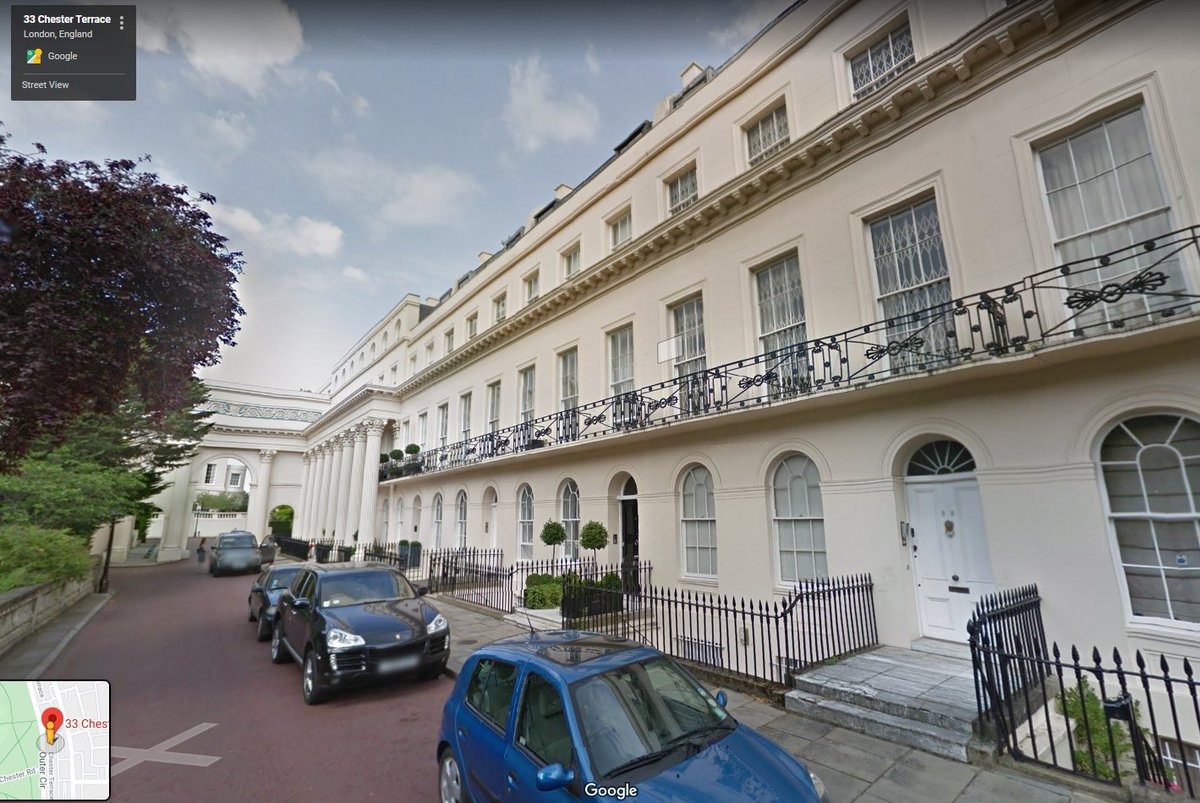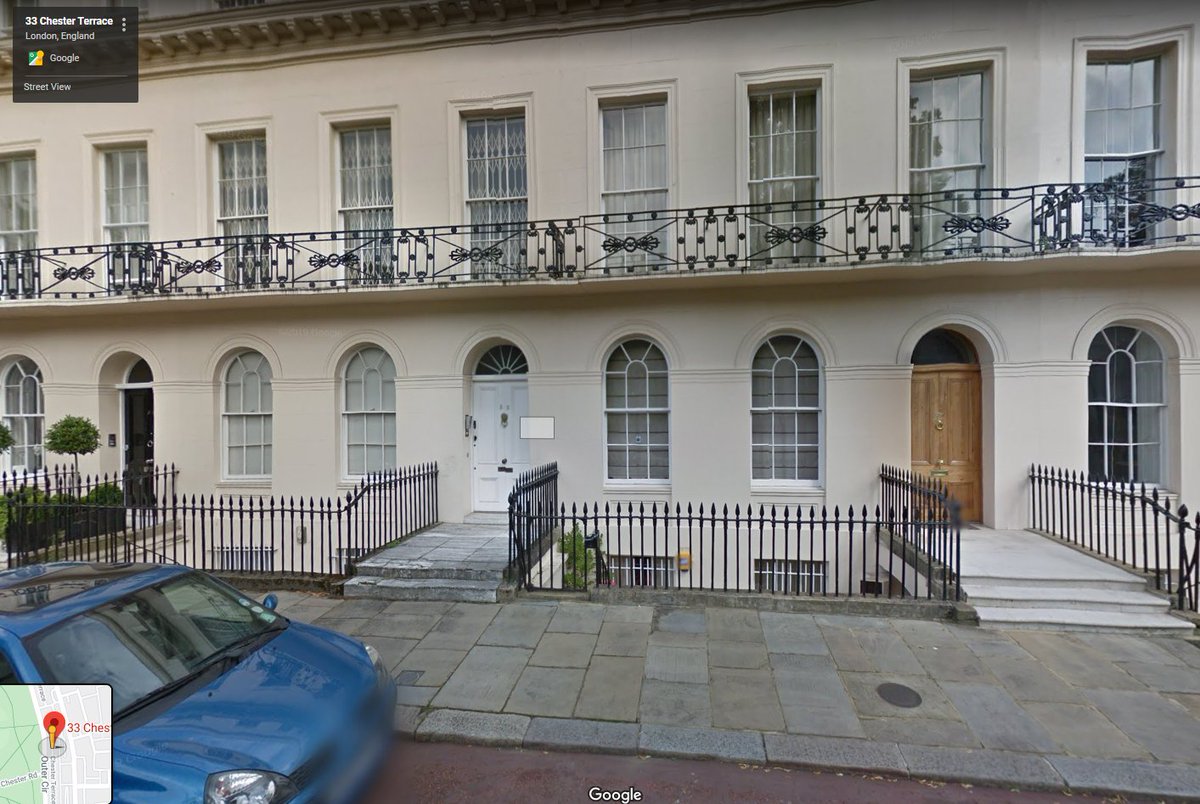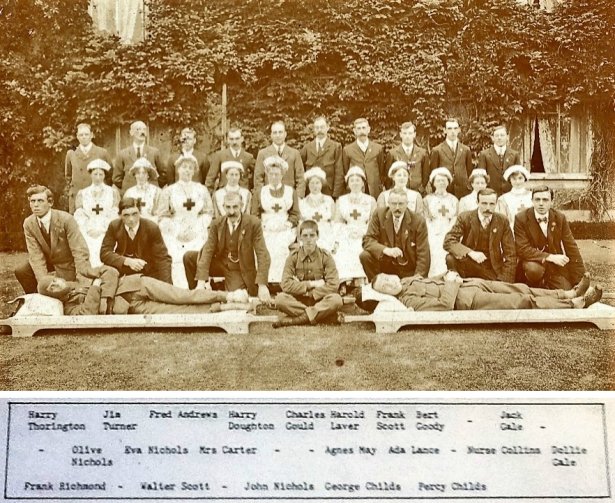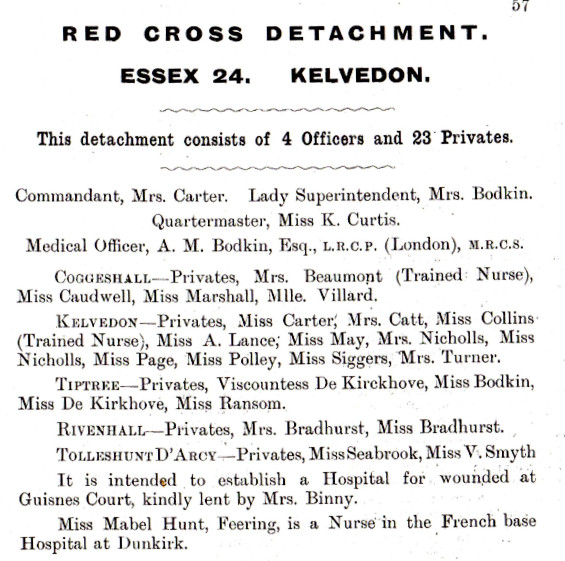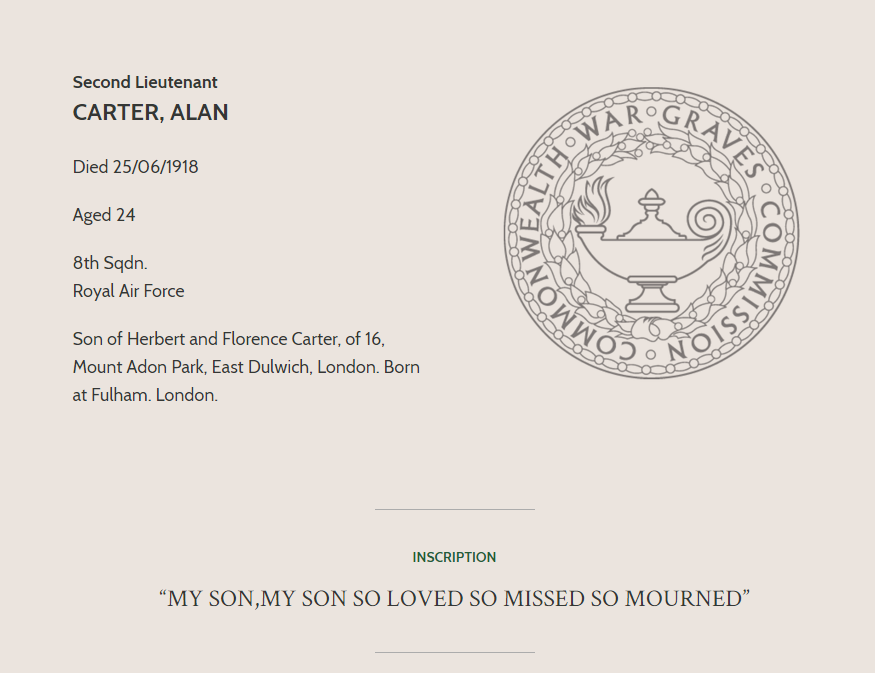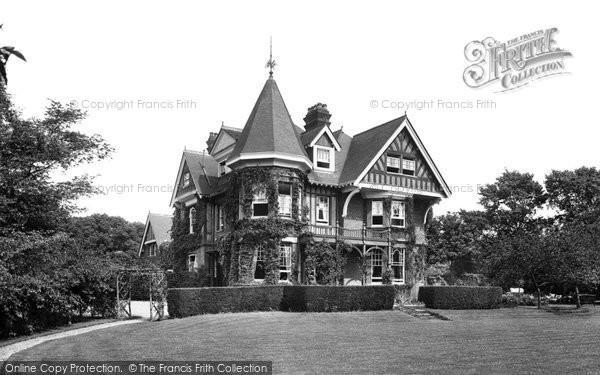Okay, so as many as you know, a few years ago I picked up this book at a London antiques fair. It& #39;s a lovely book of mostly English and Scottish ballads, and it& #39;s very sweet on it& #39;s own, just as a gorgeous illustrated book. I think it was published some time in the 1860s.
But what& #39;s extra lovely about it is that on the title page there& #39;s this lovely inscription. Clearly, this was a very lavish Christmas present. A few days ago I picked up the book to read it and I got to thinking- Weiss is a pretty uncommon surname. I wondered who she was.
Usually when I get an antique object with a name on it, even a full name, it& #39;s a roulette as to whether I can pin it to a specific person. Usually there are multiple records that match and it& #39;s anyone& #39;s guess as to which one is correct. But this time things were a bit different.
The name was just unique enough that only one record came up in the BMD database- one Florence Mary Weiss, birth registered September 1861, in Pancras, London. Shoutout to FreeBMD, always my first port of call when it comes to historical personal research. This HAD to be my girl.
That meant that Florence was around 21 when she got the book. I switched to Ancestry and started looking through Census records. Since census are taken every 10 years I knew there& #39;d be a census record for 1881 that would tell me where she likely was in 1882, and who she was with.
I found her pretty quickly, and was pretty surprised. The book in itself told me that Florence was probably well off- but how well off? Well, her family was living in one of the swankiest streets in London- Chester Terrace. All 42 houses are now Grade I listed and VERY EXPENSIVE.
She was listed in the 1881 census as living with her father, mother, a brother, and three servants. Florence had gone in my imagination from a potentially middle class young lady who had received a fancy Christmas gift to "holy shit, this girl was born RICH."
Her father, Frederick F. Weiss, was listed as a "retired Army Contractor"- an unusual and vague occupation. My interest was piqued, so I decided to do a quick Google search of his name, just to try and see if I could find out exactly what he& #39;d done in the Army.
I struck absolute gold. Turns out, the reason Florence& #39;s family were so rich they could afford a three storey house in one of London& #39;s richest suburbs is because her grandfather was John Weiss, an Austrian born surgical instrument maker who invented the gastric pump.
John Weiss was SO GOOD at making surgical instruments that King George IV gave him permanent resident status and a Royal Warrant. He was also strange- he had such a fear of being buried alive that he had a device fitted to his COFFIN that would pierce his heart, just in case.
When he died, Florence& #39;s father took over the business, which was by then known as John Weiss & Son. While many instrument makers died out as mass production became possible, Weiss & Son actually survived and is still around today, based in Milton Keynes and owned by @HS_UK.
Back to Florence- in 1890, when she was about 29, she got married. Good for her. She married a Herbert Carter, a leather merchant. They married January 1st, at All Saints Church in Fulham, and in 1891 they were living on Church Row, in Fulham, with a cook and a housemaid.
The next census was 1901, and by this time the Carter& #39;s had moved away from inner London and had settled in Gore House, Feering, in Essex. Herbert had retired. They had three children- Alan and Violet, twins, both 7, and Ruth, who was nine months old.
They also had two domestic servants, a cook, and a governess for the children- Herbert had retired a wealthy man, it seems. I wanted to know if Gore House still exists, and I believe it does, in a private housing community. I couldn& #39;t find a good photograph of it, sadly.
They stayed there for many years- at least through the First World War, and Florence especially became a pillar of the community- in 1910, she became Commandant of the Essex 24/Kelvedon VAD unit- a position she held until her termination of service in 1919.
Florence& #39;s VAD card showed that she organised refreshments for wounded soldiers that stopped at Kelvedon Station, she ran the Red Cross Work Depot, she helped to organise local events to raise money for wounded soldiers. Her own son, Alan, was an RAF pilot with 8th Squadron.
Feering and Kelvedon Local History Museum has a photograph of the Essex 24- and I was absolutely delighted to find that Florence is in it. Finding an actual photograph of the woman my book belonged to is just...well, it brings up feelings. She did so much.
She& #39;s fourth in, middle row. Her daughter, Violet, was also a VAD nurse, working part time at Guisnes Court Auxiliary Hospital. She might be in the photograph too, just not named.
However, the war was not without losses- and on 25th June 1918, Second Lieutenant Alan Carter was shot down over France and killed. Florence and Hubert were devastated. They had his war grave inscribed with this heartbreaking line- "My son, my son, so loved so missed so mourned."
The address on the record is incorrect- there was a Florence Carter living at 16 Mount Adon Park, but I don& #39;t think it was my Florence. That Florence passed away in late 1918, and Florence Carter-Weiss was definitely still alive in 1919 to be released from VAD service.
I& #39;d love to have known what she did after the War, but sadly, the 1921 census isn& #39;t published yet, the 1931 census was destroyed, and the 1941 census wasn& #39;t taken because we were all sort of busy with other stuff that year. BUT, we do have the 1939 register to look at.
Sure enough, Florence and Herbert are on the 1939 register- now living in Banstead, Surrey, with their daughter Violet. Violet married Archibald Alliston at the start of 1918. In 1939, Florence and Herbert were living with Violet, as well as two others with closed records.
They lived at The Corner House, Cross Road, Banstead- and from photographs taken around the time? Boy oh boy was it a bit of a local landmark. Any house with a turret should be, really. There are several photographs of it.
Sadly, I couldn& #39;t figure out if The Corner House still exists- there is a house on the market that says it& #39;s The Corner House, but it doesn& #39;t have any of those wonderful exterior features. If you want it, it& #39;s £875,000. But it doesn& #39;t even have a turret so why bother.
I couldn& #39;t find a specific death record for Florence, but I believe that she passed away in Aldershot, Hampshire, in early 1946. She was 85 years old. Herbert passed away in 1950. He was 90 years old.
When I started looking into Florence& #39;s life, I wasn& #39;t holding out for much. Usually my research into the people who come up in my collecting of weird and wonderful objects and photographs just lead to a series of dead ends and unanswered questions. But Florence?
She had a whole documented life, in census records and marriage records and wartime documents and the things she did for her community that meant so much in a difficult time. I was able to lay out her life beginning to end and while there are still so many questions, I know her.
The young woman who opened that book on Christmas Day, 1882, in a big house in Regents Park, London, would be very happy, I think, that 135 years someone picked up her book at an antique fair and discovered a very full life, remembered by the community she served.

 Read on Twitter
Read on Twitter